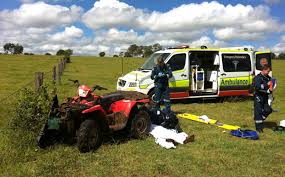
The tale of a cowslip, at aggravations.org (24 July 2016) – in which I reveal my love of cowslips (Primula veris or Spring primula) and a new-found admiration for civil engineering earthworks.
The substantial farmhouse and its outbuildings were separated from the village by the Bridgewater to Taunton canal. That’s the water in which I learned the thrill of the sudden disappearance of one’s float – white with a circle of orange paint – as an unsuspecting roach or perch tugged at the wriggling worm beneath.
I don’t recall whether the field on the far side of the bridge was part of our farm, but its significance lay in the fact that, occasionally, it was the location of a cowslip. As I remember it, just a solitary cowslip or two: small and erect, beautifully yellow with a little orange tinge, with a cluster of separate blooms at the top of a firm but succulent stem. (Succulent? Heavens: does that mean that at some stage I picked one?)
The field concerned was low-lying and slightly boggy, which I have therefore always taken to be the required growing conditions for cowslips. Primula veris. Spring Primula.
Wikipedia: “It may therefore be rare locally, though where found it may be abundant.”
Right.
Memories are vague but I recall the excitement of my occasional find and wonder whether I did not perhaps race back to the house clutching my little yellow treasure to be presented to my mother in front of the Aga. This would not have been a demanding journey, for we’re talking English farm distances here, not cut-lunch-and-water-bottle treks. I suppose from the cowslip field to the house might have been 450 yards.
50 years later, in 2011, it is April in Bath. Driving our rented car in search of David and Averil’s house, I spot one of those ceramic house numbers held up by a short stick planted outside the owner’s driveway. At its base is a very small cultivated area, as big as a dinner plate, in which grows not one but a small bunch of cowslips.
I haven’t seen one for 50 years.
At my insistence, we stop. A photograph is taken. My joy is strong and real.
A few days when later when driving west from Bath to Jackie and Tony’s place in Kentisbeare, we are driving through Shepton Mallet. I wonder whether Babycham still exists and is still made here?
On the way West we come to a roundabout. It is covered, literally bedecked, in hundreds upon hundreds of cowslips, sporting themselves liberally among a small flock of slightly stunted concrete sheep.

At my insistence we circumnavigate this delicious tableau as often as the traffic will safely allow. Photos are taken. No cowslips are picked.
Wikipedia: “Additionally the seeds are now often included in wildflower seed mixes used to landscape motorway banks and similar civil engineering earthworks where the plants may be seen in dense stands. This practice has led to a revival in its fortunes.”
Bless!






